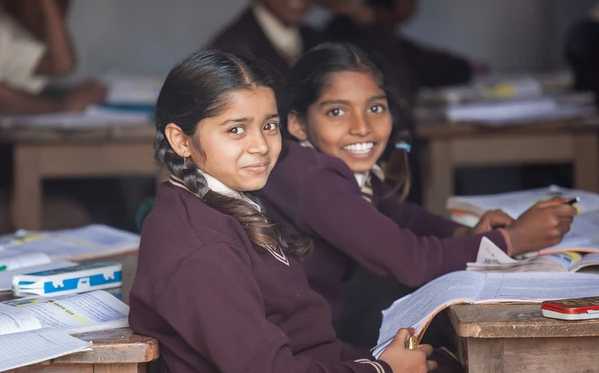On August 15, 2021, India will commemorate its 75th anniversary of independence. Students can utilise the following information about the Indian national song and flag in their independence day speech, essay, or quiz.
After a series of changes and alterations, the Indian national flag as we know it today was born. The flag, often known as the Tricolor or Tiranga, was an important component of the Indian independence struggle. The Indian national anthem, Jana Gana Mana, was an essential ally of the independence warriors. Jana Gana Mana, composed by Ravindranath Tagore, depicts the oneness of a varied India.
On August 15, 2021, India will commemorate its 75th anniversary of independence. Students can utilise the following information about the Indian national song and flag in their independence day speech, essay, or quiz.
5 Things You Should Know About The National Anthem, Flag Of India
- India’s current national flag is a horizontal, rectangular tricolour of saffron, white, and green with the Ashoka Chakra in the centre. The first iteration of the Indian National Flag, which was raised on August 7, 1906, featured green, yellow, and red stripes. Religious symbols, eight flowers, and Vande Mataram were also written on the initial edition.
- At the Socialist International Summit in Stuttgart, Germany, Madam Bhikaji Cama raised the second version of the flag. The third iteration had red and green stripes with the Union Jack – the United Kingdom’s national flag – on the top left, a crescent on the top right, and seven stars in the shape of the Saptrishi constellation on the top right. In 1917, Bal Gangadhar Tilak used it.
- In 1921, two further variants of the flag were created. The top had a white stripe, the middle had a green stripe, and the bottom had a red stripe. Religious minorities were represented by white, Muslims by green, and Hindus by red. In the centre, there was also a spinning wheel. This flag was designed in accordance with Mahatma Gandhi’s vision. Saffron at the top, white in the middle, and green at the bottom, with a spinning wheel in the centre of the white stripe, was another variant of the flag accepted by the Congress committee.
- Jana Gana Mana, India’s national Anthem, was first written in Bengali as Bharoto Bhagyo Bidhata by Rabindranath Tagore. It was first publicly sung on December 27, 1911, at the Calcutta session of the Indian National Congress. Apart from India’s national anthem, Rabindranath Tagore also penned Bangladesh’s national anthem, Amar Sonar Bangla.
- Netaji Subhas Chandra Bose originally referred to Jana Gana Mana as the “National Anthem” during a meeting of the German-Indian Society on September 11, 1942. Jana Gana Mana was first featured in the 1945 film “Hamrahi” before becoming India’s national anthem in 1950.

